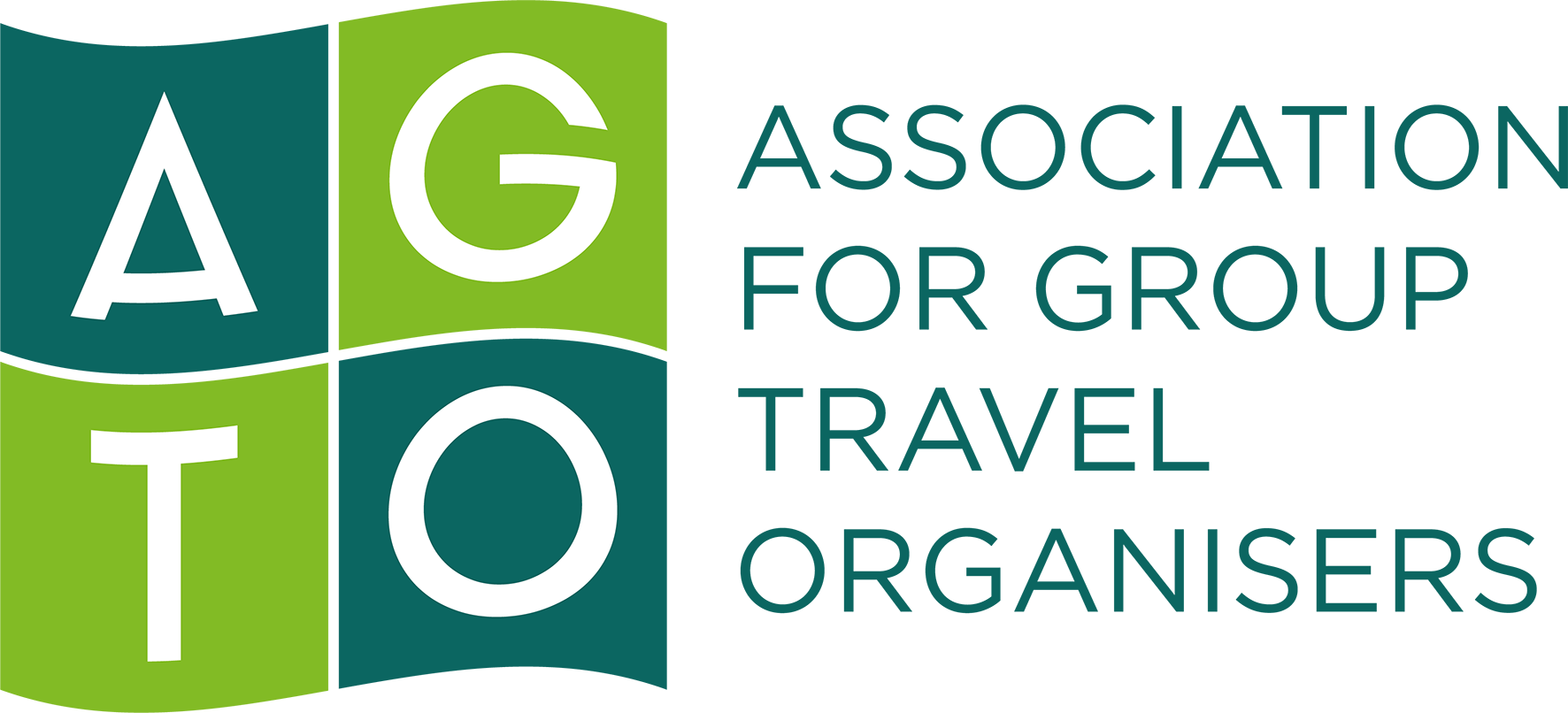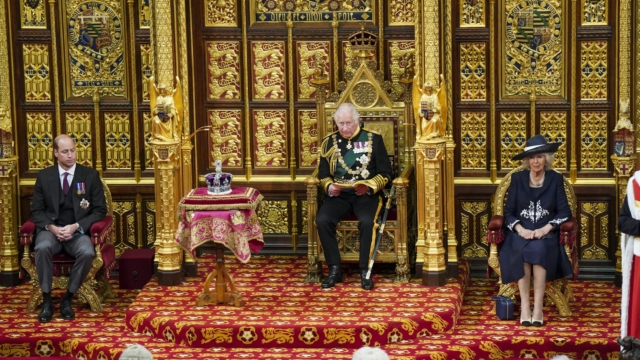Attached a copy of the lobby pack that supports the Queen’s speech. Here are some…
COVID-19 Update 25th September 2020
New restrictions to be introduced in Leeds, Blackpool, Wigan and Stockport
In a statement today, Health Secretary Matt Hancock outlined new restrictions to be introduced inLeeds, Blackpool, Wigan and Stockport. The regulations will come into effect from Saturday 26 September and will impose restrictions on inter-household mixing in private dwellings and gardens in Leeds, Stockport, Wigan and Blackpool.
- People who live in these areas will not be allowed to gather in a private dwelling or garden with any other household unless in a support bubble.
In his statement he also said they have reviewed the position in Leicester, the Borough of Oadby and Wigston, Birmingham, Solihull, Sandwell, Wolverhampton, Bolton, Bradford, Kirklees, Calderdale and the remaining local authorities in Greater Manchester and have decided to maintain their position on the watchlist as areas of intervention, as well as the current restrictions in these areas.
Further local restrictions introduced in Wales – Llanelli, Swansea and Cardiff
Local restrictions will come into force in Llanelli from 6pm on Saturday and in Swansea and Cardiff from 6pm on Sunday. The restrictions, which will apply to everyone living in Llanelli, Cardiff and Swansea are:
- People will not be allowed to enter or leave these areas without a reasonable excuse, such as travel for work or education
- People will only be able to meet people they don’t live with outdoors for the time being. They will not be able to form, or be in, extended households (sometimes known as ‘bubbles’). This means meeting indoors (in people’s houses, in a pub or elsewhere) with anyone you don’t live with is not allowed at the moment unless you have a good reason, such as providing care to a vulnerable person
- All licensed premises have to stop serving alcohol at 10pm
Ministers will also meet public health experts, local authority leaders and others over the weekend to consider whether local restrictions need to be extended to Neath Port Talbot, the Vale of Glamorgan and Torfaen on Sunday evening.
Only necessary travel advised for border crossing between Donegal and neighbouring areas in Northern Ireland
The Chief Medical Officer for Northern Ireland and the Acting Chief Medical Officer for the Republic of Ireland met on Friday 25 Sept 2020 to review the ongoing COVID19 pandemic. They have advised: “Given the current number of new cases in Donegal and neighbouring areas of NI in Derry/Londonderry, Strabane and Fermanagh we would appeal to everyone to avoid all but necessary travel across the border. It is also recommended that employers on both sides of the border make every effort to facilitate employees to work from home in so far as is possible…”
Local Restrictions Support Grant for businesses
Businesses can now check if they are eligible for the Local Restrictions Support Grant (LRSG). The grant is for businesses that were open as usual, providing services in person to customers from their business premises, but which were then required to close for at least 3 weeks due to local lockdown restrictions imposed by government. The grant is for businesses that pay business rates on their premises. Local councils may at their discretion also provide funding for businesses that don’t pay business rates.
Guidance for local authorities setting out the details of the grant has also been published.
Updated information added to the Deferral of VAT payments guidance
On 24 September 2020, the Chancellor announced that businesses who deferred VAT due from 20 March to 30 June 2020 will now have the option to pay in smaller payments over a longer period. Instead of paying the full amount by the end of March 2021, businesses can make smaller payments up to the end of March 2022, interest free.
Other Government updates
- TheWorking safely during coronavirus (COVID-19) guidance has been updated with guidance on working from home and supporting staff to self-isolate
- Updated data on theCoronavirus and the social impacts on Great Britain has been published.
- The latest data up to 20 September is available for the daily visitors to DCMS sponsored Museums and galleries
- Comparison of furloughed jobs data: May to July 2020 has been published
COVID-19 Consumer Sentiment Tracker latest results
The latest results of the COVID-19 consumer sentiment tracker are now available on VisitEngland’s website. Please see the areas showing the strongest declines in sentiment:
- National Mood: down to 6.5 (from 6.7 last wave)
- The % feeling the ‘worst is still to come’: significantly climbs to 58% (from 41% in the last wave)
- The % expecting life returning ‘close to normal’ by December: significantly down to 6%
- Appetite for Risk: overall score down to 2.5 (from 2.7 last wave) with all the activities exhibiting declines
- Confidence in taking an overnight trip next March: down 7 percentage points to 48%
Of interest is the leading reason cited by those who do not have near-term confidence in taking a domestic trip (i.e. for trips during September or October) as this has nearly always been ‘concerns about catching COVID-19’. However, during this wave the top reason given was ‘restrictions on travel from government’.
Please note: this wave’s fieldwork was conducted last week, prior to the extra measures that were announced on Tuesday. The next report is due out in early October.
DCMS update
- QR Codes at Unstaffed Outdoor Sites
DCMS have advised that the requirement to display QR Cades does not apply to outdoor, unstaffed, and un-ticketed heritage sites, or to archaeological and historic sites which are not open to the public
Additional updates
- Joined-up Governments – The UK Government, the Northern Ireland Executive, the Scottish Government, and the Welsh Government have issues a joint policy statement setting out that they will continue working together in the same joined up manner as they have been up to this point
- Scottish Winter Economy Plan – The Chancellor has announced that the key components of the Statement he made yesterday will apply to Scotland
- ONS Furlough Data – ONS has published the latest furlough data which runs to the end of July. This data shows that 38% of people working in accommodation and food services and 55% of people working in Arts, Entertainment and Recreation were furloughed between 29th June and 26th July compared to the average of 16% across all industries
- R Number and Growth Rate – This week’s R number for the UK is 1.2-1.5, while the growth rate range is +4% to +8% – meaning that virus is spreading at between 4-8% per day. This is up from +2 to +7% last week and -1% to +3% the week before that – which give a good indication of the increased rate of spread over the last few weeks
Situation update 25 September 2020
- To see the number of cases of COVID-19 in England and the UK visit the UK COVID-19 dashboard.
- To see the number of cases globally see the World Health Organisation dashboard.


